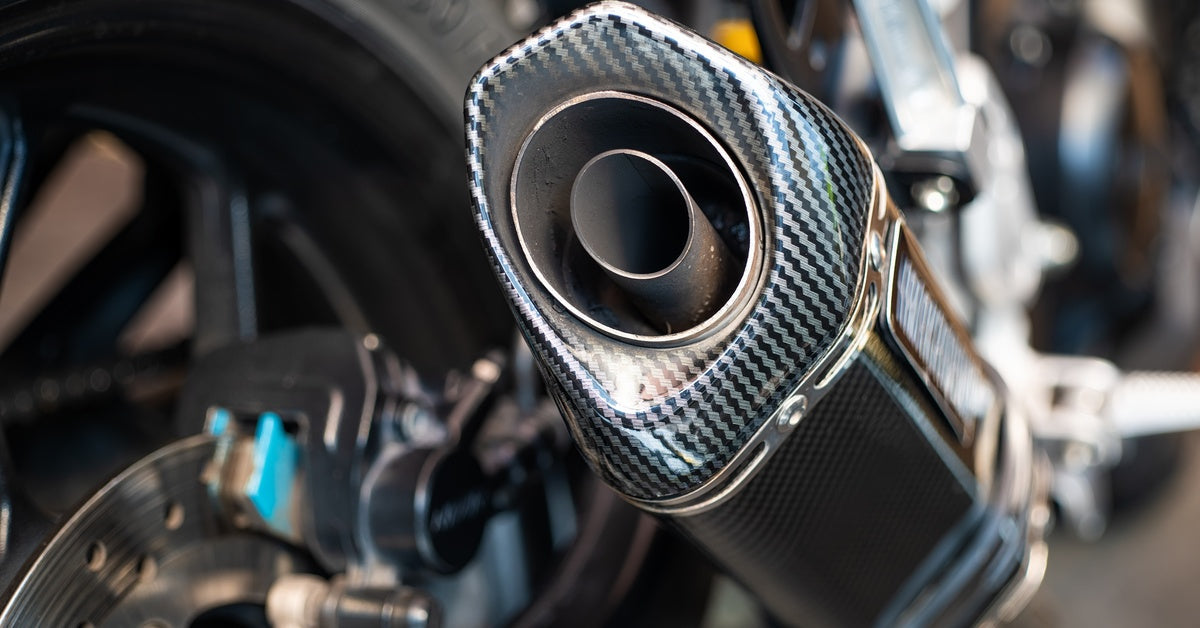
Don’t ignore the signs of poor engine performance. Cars that struggle to start or operate roughly could have bad spark plugs. Many drivers overlook their importance in keeping their engine running smoothly.
In this overview, we’ll explore why multi-ground electrode spark plugs might be the upgrade your vehicle needs. Learn how they work and why they matter here!
Multi-Ground Electrode Design
Unlike single-electrode designs, multi-ground electrode spark plugs typically have two, three, or four ground electrodes extending from the threaded shell toward the center electrode. Each ground electrode creates a separate spark gap, establishing multiple pathways for electrical discharge.
The multiple electrodes don’t fire simultaneously. Instead, the electrical current follows the easiest path, jumping to the ground electrode with the smallest gap or cleanest surface. As carbon deposits build up or electrodes wear down, the spark naturally shifts to alternative pathways, maintaining reliable ignition performance throughout the plug’s service life.
Benefits of Multiple Ground Electrodes
Multi-ground electrode spark plugs offer several performance advantages over the single-electrode design. First, they provide improved ignition reliability through redundant firing points. If one electrode becomes fouled or worn, the rest continue to function normally, reducing the likelihood of engine misfires.
The multiple firing points also help distribute heat more evenly across the combustion chamber. Improved heat distribution can lead to more complete fuel combustion and potentially better fuel economy. The design also offers extended service intervals since the plug continues to operate effectively even as individual electrodes wear.
Some designs also reduce the voltage requirements for spark generation. The multiple pathways can make it easier for the ignition system to create a strong spark, which is particularly helpful in high-compression engines or during cold-weather starts.
Common Applications and Vehicle Types
Multiple electrodes work well in automotive applications. Their design is common in car spark plugs to extend servicing intervals for economy and fleet vehicles.
Lawn mower engines and other small equipment benefit from these plugs, as well. Engines that frequently encounter variable loads, temperature extremes, and occasional neglect need the redundancy of multiple ground electrodes.
Additionally, racing engines with high compression ratios or forced induction systems sometimes benefit from improved ignition reliability, especially during extreme operating conditions.
Electrode Materials and Construction
Manufacturers use various materials to produce these parts. Copper core electrodes with nickel alloy tips are most common, offering good conductivity and reasonable durability at an affordable price point. These electrodes handle moderate temperatures and provide reliable service in most standard applications.
Platinum-tipped multi-electrode plugs offer enhanced durability and resistance to electrode wear. The platinum coating resists erosion from electrical discharge, extending service life compared to standard nickel alloy electrodes.
Iridium electrodes are a premium option. Iridium’s exceptional hardness and high melting point create electrodes that resist wear and maintain precise gaps longer than other materials.
Performance Characteristics

Multi-ground electrode spark plugs are reliable, but they’re not really about top-notch performance. The multiple firing points ensure consistent ignition as the plug wears out, keeping your engine operational for longer. That said, the extra metal in the design can slightly impact how well it handles heat compared to simple plugs.
Flame kernel development works a bit differently between single-electrode and multi-electrode spark plugs. Multi-electrode plugs create sparks at multiple points, which can change how the fuel burns slightly. However, modern engines are smart enough to adjust for this, so most drivers won’t notice much difference. In a properly tuned car, any changes to power or fuel economy are usually minor.
The electrical characteristics of multi-electrode plugs can vary depending on specifications. Some configurations require slightly different ignition timing or coil output for optimal performance, though most modern engines adapt automatically through their engine control systems.
Installation and Gap Settings
Installing multi-ground electrode spark plugs follows the same basic procedures as conventional plugs, but gap adjustment requires special attention. Never attempt to bend multiple ground electrodes to adjust the gap. Instead, carefully bend only the outermost ground electrode while leaving others untouched, or replace the plug if gaps are incorrect.
Most quality multi-electrode plugs come pre-gapped from the factory, though verifying gap specifications before installation remains good practice. Use a feeler gauge to check gaps between the center electrode and each ground electrode.
Torque specifications for multi-electrode plugs match conventional designs for the same thread size. Follow manufacturer recommendations exactly, as over-tightening can damage the electrodes or threads, while under-tightening can cause heat transfer problems and potential engine damage.
Maintenance and Service Life
Although they last longer than single-electrode plugs, it’s still a good idea to check them regularly to keep your engine running smoothly. During routine maintenance, watch out for signs like worn electrodes, carbon buildup, or oil fouling—they’re clear indicators it might be time for a replacement.
Cleaning multi-electrode plugs requires more care than cleaning conventional designs. Avoid aggressive brushing or sandblasting that could damage the surfaces. Instead, use appropriate solvents and gentle cleaning methods to remove carbon deposits.
Service intervals vary based on electrode materials, operating conditions, and vehicle manufacturer recommendations. Standard nickel alloy multi-electrode plugs typically last 30,000 to 50,000 miles, while platinum or iridium versions can extend the service life to 60,000 to 100,000 miles or more under normal operating conditions.
Troubleshooting Common Issues

If you experience misfiring problems with multi-electrode plugs, they can stem from several sources. Inspect all electrode surfaces for excessive wear, carbon buildup, or oil contamination. Problems can develop on individual electrodes while others function normally, potentially causing intermittent issues.
It could be a heat range issue, which appears in multi-electrode plugs just like conventional designs. If the electrodes look white or blistered, the heat range is likely too hot. On the other hand, black, sooty deposits mean the heat range is too cold.
Gap erosion is another cause of trouble. As gaps widen due to normal wear, the spark may shift between different ground electrodes, potentially causing subtle changes in engine operation. Inspecting gaps on a regular basis helps identify when replacing components are necessary.
Make the Best Choice for Your Engine
This overview of multi-ground electrode spark plugs reveals their strengths in reliability and longevity applications. Enhance your engine’s performance with spark plugs designed for optimal performance and reliability. Explore our full range of E3 Spark Plugs to find the perfect match for your vehicle. Visit our website to give your ride a boost!







